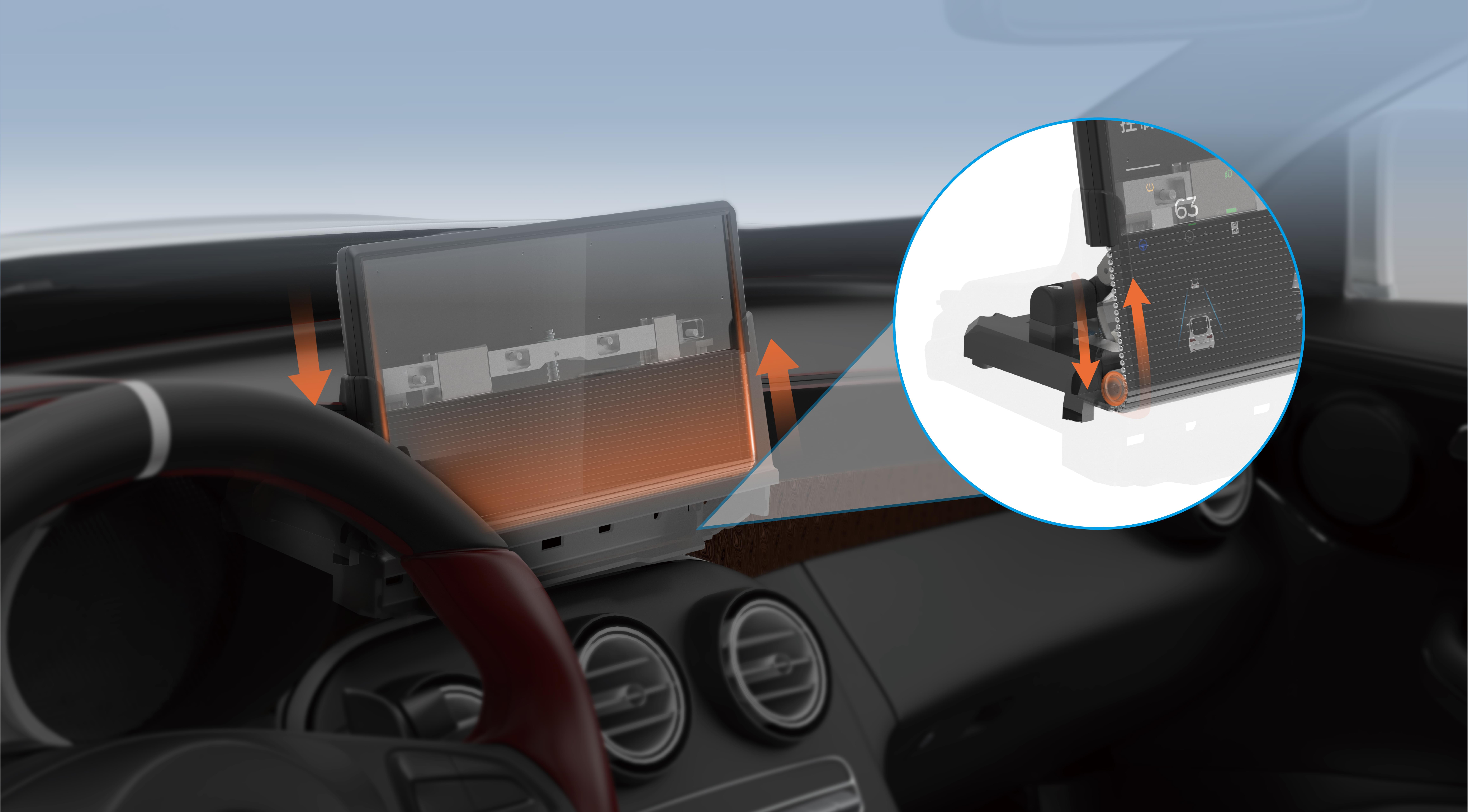Imagine a machine that moves with precision, almost like it has a mind of its own. That’s what a Robot Joint delivers—flexibility, reliability, and power all wrapped into one sleek package. It’s not just about making robots move; it’s about giving them the ability to perform complex tasks smoothly, holding tight when needed or delicately adjusting for precision.

Let’s talk about how this piece of tech fits into the bigger picture. Imagine a manufacturing line where robots are assembling tiny, intricate gadgets. The secret sauce? Those joints. They’re the hinge points, the pivot in every swift motion, the silent hero behind seamless automation. When you watch it in action—arms weaving precisely, picking up components, or tightening screws—you realize these joints aren’t just mechanical parts, they’re the foundation of efficiency.
What makes a Robot Joint stand out? It starts with durability—that’s a no-brainer. But beyond that, it’s about responsiveness. Quick reactions mean fewer errors, fewer delays. And the energy efficiency? Big deal. In high-demand scenarios, saving power while maintaining high performance can cut costs dramatically. The design emphasizes simplicity, yet packs a punch. You get a product robust enough to handle heavy loads yet nimble for delicate tasks—I’ve seen some joints that can handle fierce industrial environments without breaking a sweat.
And questions come up—how does it really perform under stress? Pretty well, actually. These joints are built from high-strength materials, often with advanced lubricants that keep them moving smoothly for thousands of cycles. Plus, their modular design makes upgrades or maintenance straightforward. Talk about a game changer in reducing downtime.
Take a moment to ponder—what industries could it revolutionize? Think automotive assembly lines, where every millimeter counts. Or electronics manufacturing, where tiny, precise movements matter. Even in medical device production, where sterility and exactitude are non-negotiable, these joints shine. They support automation that’s not just efficient but also adaptable to future needs.
Thinking about investing in a system? Consider the flexibility. The joint’s range of motion isn’t limited—smooth pivots, sharp angles, all controlled effortlessly. It’s like giving your robotic system a new set of muscles—better control, fewer hiccups. When robots can mimic human-like agility, workflows become more natural, and productivity takes a leap.
So, whether it’s about upgrading existing systems or building new automation solutions from scratch, a high-quality Robot Joint isn’t just a component. It’s the heartbeat of smarter, faster, more reliable manufacturing. It’s about pushing boundaries and making automation less of a chore and more of a trusted partner. When you choose the right joint, you’re not just investing in machinery—you’re investing in the future of work.
Leveraging innovations in modular drive technology, Kpower integrates high-performance motors, precision reducers, and multi-protocol control systems to provide efficient and customized smart drive system solutions.




































